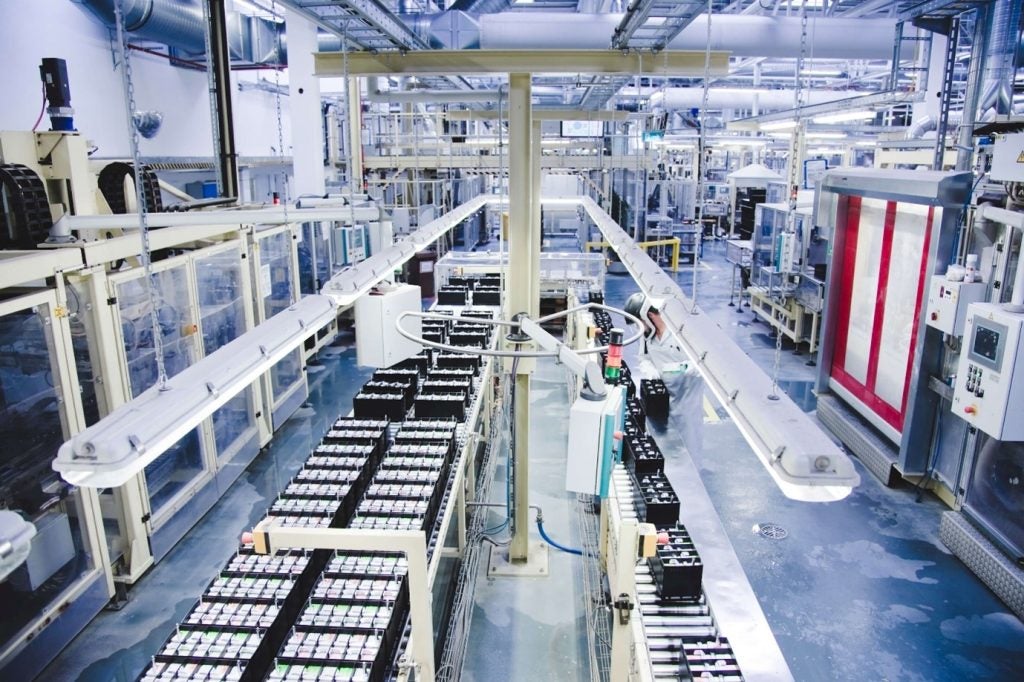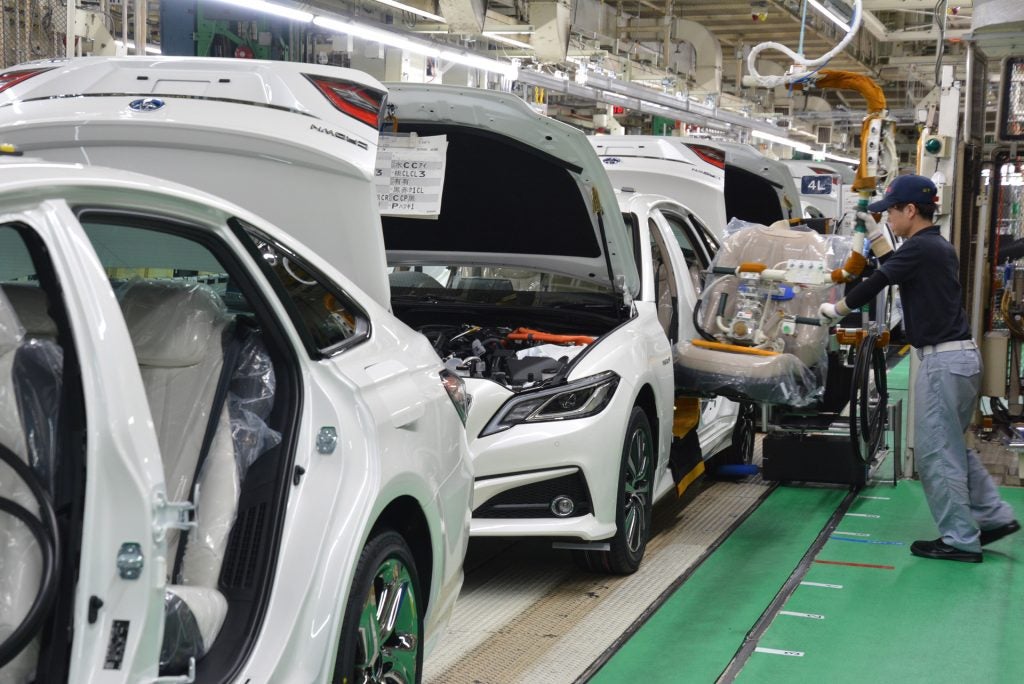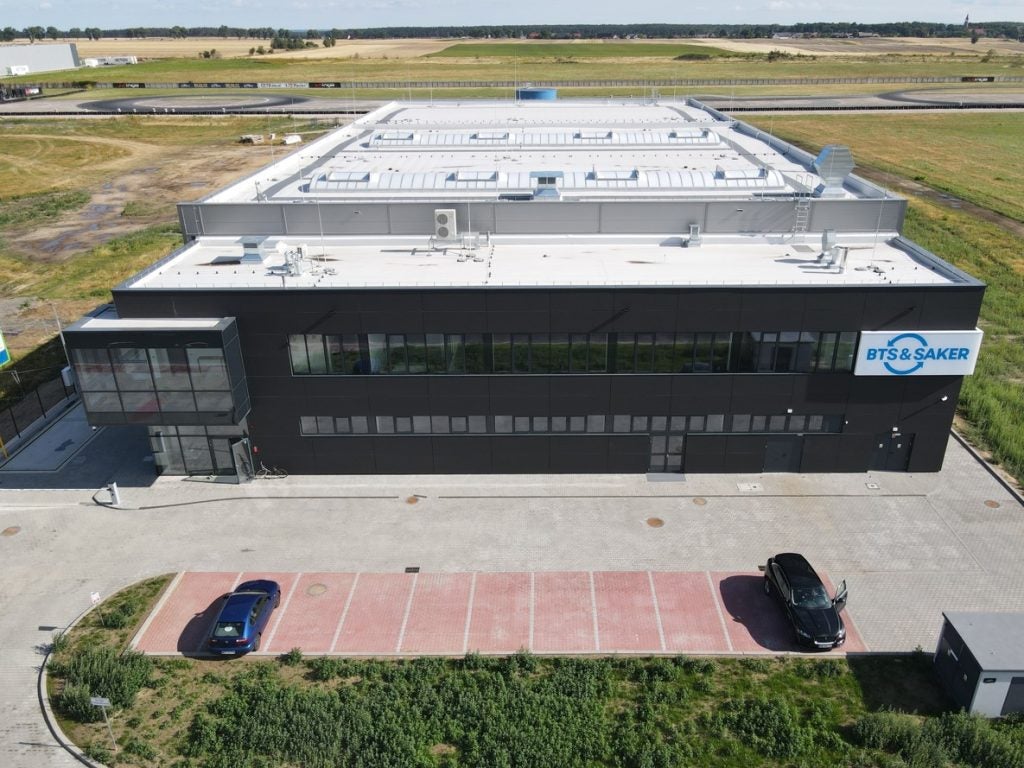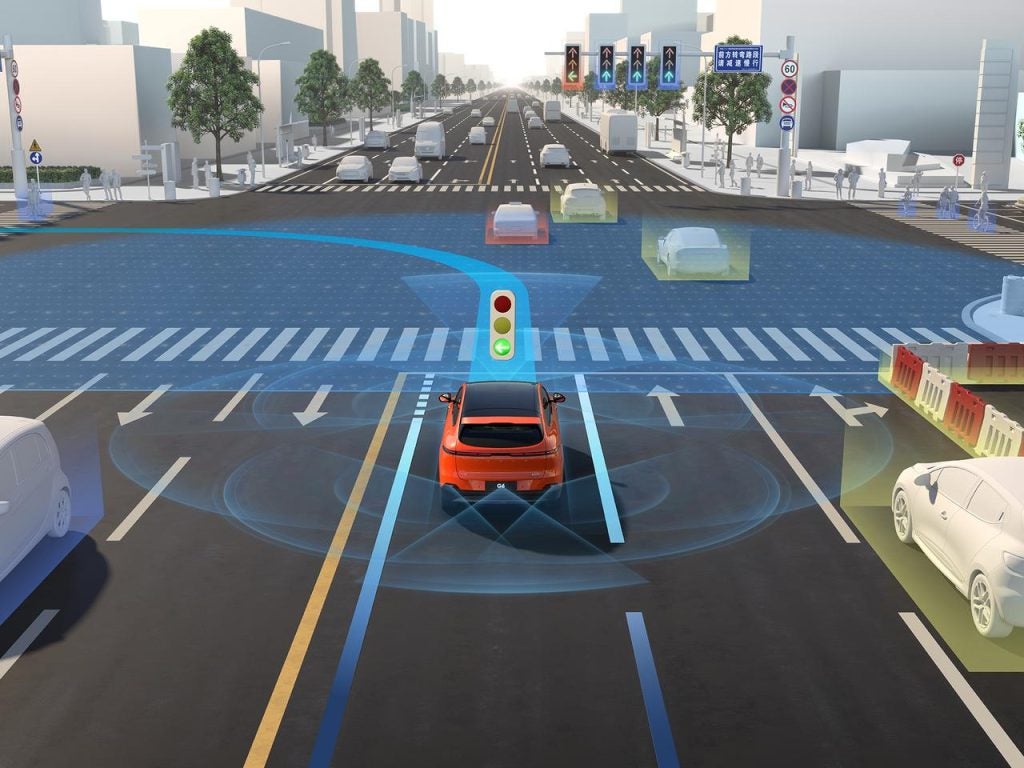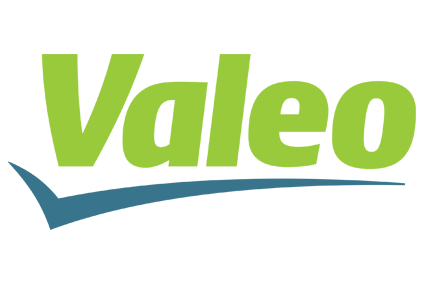
Valeo has announced that it has signed an agreement with NPK Avtopribor for the sale of all of Valeo’s production assets of its Powertrain Systems business (Togliatti) in Russia.
Completion of the transaction is subject to obtaining the necessary regulatory approvals. Valeo says the sale will enable the 158 Russian employees in the business to keep their jobs. The sale will be carried out without any capital gain or loss.
Why it matters
Western automotive companies – vehicle makers and suppliers – have been exiting Russia since Western nations imposed economic sanctions on Russia following its invasion of Ukraine last year. While car brands were quick to suspend sales, the disposal of company assets in Russia has been less straightforward.
Some companies have kept open the option of an asset repurchase or buyback option, something that could potentially be exercised if there is a normalisation of economic relations with Russia in the future.
Valeo will also have a buyback option on its sold-off Russian assets for ten years, which can be activated from the sixth year.
Valeo says its sales in Russia previously represented less than 1% of Valeo Group sales, and the related assets were depreciated in 2022 for a total amount of 43 million euros.
The statements of the Russian company indicate that AvtoVAZ remains its main client; before the crisis, transmissions from the plant were also supplied to a number of brands that subsequently exited Russia.
From a Russian auto industry perspective, the reshaping of its supplier industry in the long-term will present a major challenge in the wake of the loss of Western companies and their automotive technologies applied inside Russia. Chinese firms may fill some of the gap, but there are questions there on how much Chinese advanced technology transfer in automotive will be realised.
Our signals coverage is powered by GlobalData’s Thematic Engine, which tags millions of data items across six alternative datasets — patents, jobs, deals, company filings, social media mentions and news — to themes, sectors and companies. These signals enhance our predictive capabilities, helping us to identify the most disruptive threats across each of the sectors we cover and the companies best placed to succeed.



